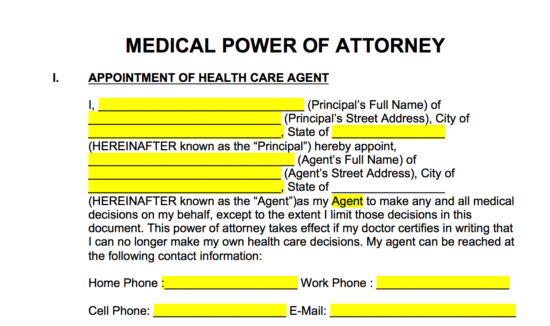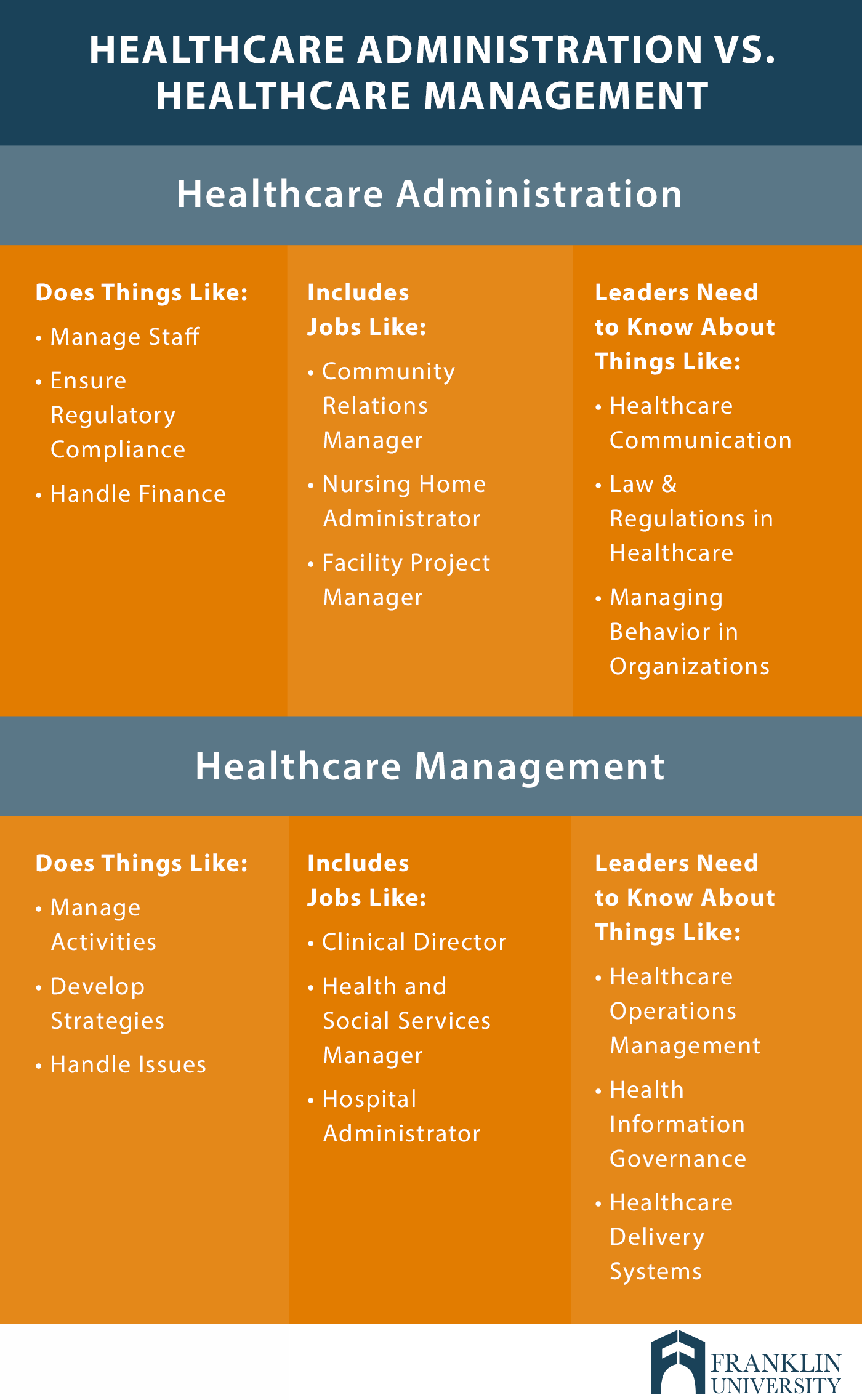Business are sometimes able to lower the quantity of damage specific risks can have on company procedures. This is attained by changing specific aspects of an overall job plan or company procedure, or by reducing its scope. In some cases, the effects of a threat are shared, or dispersed among several of the project's individuals or organization departments.
Often, companies decide a risk deserves it from a company perspective, and choose to keep the threat and handle any possible fallout. Business will often maintain a certain level of danger if a project's anticipated revenue is greater than the expenses of its potential danger. While risk management can be a very beneficial practice for organizations, its constraints need to likewise be considered.
This comprehensive data collection can be costly and is not ensured to be trustworthy. In addition, making use of information in choice making processes might have poor outcomes if easy indications are utilized to show the far more complex truths of the circumstance. Likewise, adopting a decision throughout the entire task that was meant for one small element can cause unanticipated results.
All About Which Country Spends The Most In Administrative Health Care Costs?
Computer software application programs have actually been established to imitate events that may have an unfavorable influence on the company. While cost effective, these complicated programs require qualified workers with extensive abilities and knowledge in order to properly comprehend the produced results. Evaluating historical information to determine threats likewise requires extremely trained personnel.
Even if they are, there frequently is inadequate time to collect all their findings, thus leading to disputes. Other limitations consist of: Value-at-risk steps concentrate on the past instead of the future. For that reason, the longer things go efficiently, the better the circumstance looks. Unfortunately, this makes a slump more most likely.
This may trigger an organization to overlook the possibility of novel or unforeseen dangers. Furthermore, there is no historic information for brand-new items, so there's no experience to base designs on. It's hard to see and understand the complete photo of cumulative threat. A company's risk management policies are underdeveloped and lack the history to make precise examinations.
All about What Is Risk Management In Health Care
In an increasing variety of markets, boards of directors are needed to evaluate and report on the adequacy of enterprise threat management procedures. As an outcome, risk analysis, internal audits and other ways of risk assessment have actually become major parts of company strategy. Threat management standards have actually been established by numerous organizations, including the National Institute of Standards and Technology (NIST) and the International Company for Standardization (ISO).
The ISO 31000 concepts, for instance, offer structures for risk management process improvements that can be utilized by business, despite the company's size or target sector. The ISO 31000 is created http://hectorqwbw043.over-blog.com/2021/03/the-smart-trick-of-why-is-health-care-so-expensive-that-nobody-is-discussing.html to "increase the probability of accomplishing objectives, improve the identification of chances and threats, and efficiently assign and use resources for danger treatment," according to the ISO site.
The ISO recommends the following target locations, or principles, must be part of the overall danger management process: The procedure ought to create value for the company. It needs to be an integral part of the general organizational procedure. It ought to factor into the company's general decision-making procedure. It should explicitly resolve any uncertainty.
Examine This Report about A Health Care Professional Is Caring For A Patient Who Is About To Begin Taking Cabergoline
It must be based on the very best readily available information. It should be tailored to the job. It must consider human elements, consisting of prospective mistakes. It ought to be transparent and complete. It needs to be adaptable to alter. It should be continually monitored and surpassed. The ISO requirements and others like it have actually been developed worldwide to assist organizations methodically implement risk management best practices.
These standards are frequently recognized by international regulative bodies, or by target market groups. They are likewise routinely supplemented and upgraded to show quickly changing sources of service risk. Although following these standards is generally voluntary, adherence might be needed by market regulators or through organization agreements. One example of threat management might be a company recognizing the various threats connected with opening a new location.
Another example could be an outdoor amusement park that acknowledges their business is completely weather-dependent. In order to reduce the threat of a large monetary hit whenever there is a bad season, the park may pick to consistently spend low and develop up money reserves. Yet another example could be an investor buying stock in an interesting brand-new company with high appraisal although they know the stock might significantly drop (what is required in the florida employee health care access act?).
The Best Guide To Why Have Economists Generally Supported Subsidies For Health Care?
If you are interested in discovering more about health care risk management as a career, this page specifies who risk managers are, what they do, how to become a threat supervisor, where the tasks are, and why you should pick this career. Health care risk management is a diverse profession in a dynamic and progressing healthcare market.
It's no surprise that when people ask, "what is a health care danger manager" that we often hear diverse responses. The fact is that we do operate in vast array of settings and companies. But, we have many common professional attributes. And, it's since there are a lot of different types of opportunities for health care threat management specialists, that our profession is so interesting and rewarding.
We are nearly 6,000 members strong. We 'd like to assist answer your concerns. Healthcare danger supervisors originate from a range of expert and instructional backgrounds. We have an interest in the broad-based discipline of healthcare risk management since we delight in working to positively affect the health care market, and add to the delivery of safe and relied on schick shadel hospital seattle health care.
A Biased View of Senate Health Care Vote When

It's an extremely vibrant profession and we think that this is the fun part of being a health care danger manager. By nature, we are versatile specialists and we are an important part of providing safe and relied on healthcare. Particularly, some examples of what we do include threat funding; occasion and occurrence management; scientific, financial, legal and general service elements; the psychological and human factors of health care; analytical analysis; insurance coverage; and claims management.
There is not a direct, particular path to becoming a health care risk manager. Nevertheless, you should have a fundamental understanding of danger management within the health care world through useful experience and/or education. Common academic backgrounds include business, insurance coverage, clinical/nursing, medical and law. Nevertheless, there are other backgrounds that healthcare threat managers originate from also.
It's not a one-size-fits-all occupation. One can be trained to be a health care danger supervisor through education, useful experience or both. Health care risk managers discover employment in a variety of organizations such as hospitals, insurance coverage carriers and brokers, health care companies, consulting companies, long term care, ambulatory care, hospice, office surgeries, doctor practices, pharmaceuticals, governmental agencies, independent urgent care centers, and other organizations that support the healthcare continuum.

Some Known Details About What Does Cms Stand For In Health Care
For health care organizations, workdays are quick paced, short staffed and intensely managed. In this tough environment, where any unfavorable event can negatively affect a company's operations, track record and earnings, there is little space for mistakes. That's why the very best healthcare business practice enterprise danger management (ERM), engaging the entire organization in the orchid rehab florida shared responsibility of turning dangers into chances for continuous enhancement.
